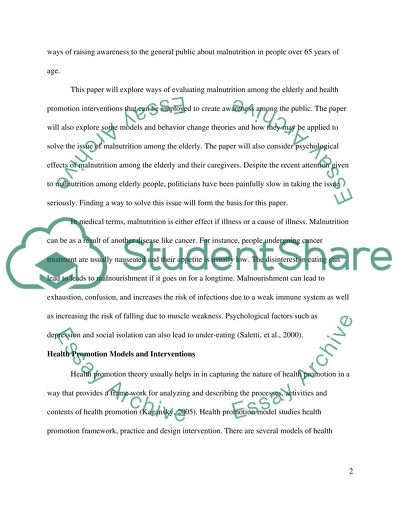Cite this document
(“Malnutrition among people older than 65 years Essay”, n.d.)
Malnutrition among people older than 65 years Essay. Retrieved from https://studentshare.org/health-sciences-medicine/1636815-malnutrition-among-people-older-than-65-years
Malnutrition among people older than 65 years Essay. Retrieved from https://studentshare.org/health-sciences-medicine/1636815-malnutrition-among-people-older-than-65-years
(Malnutrition Among People Older Than 65 Years Essay)
Malnutrition Among People Older Than 65 Years Essay. https://studentshare.org/health-sciences-medicine/1636815-malnutrition-among-people-older-than-65-years.
Malnutrition Among People Older Than 65 Years Essay. https://studentshare.org/health-sciences-medicine/1636815-malnutrition-among-people-older-than-65-years.
“Malnutrition Among People Older Than 65 Years Essay”, n.d. https://studentshare.org/health-sciences-medicine/1636815-malnutrition-among-people-older-than-65-years.


